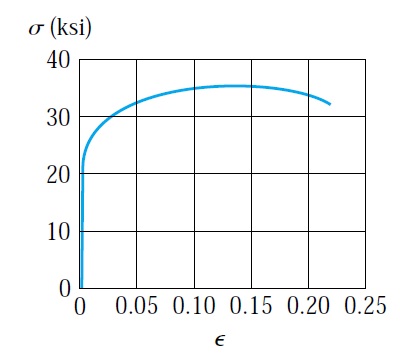Bentonite slurry-(Video-Youtube)
Bentonite slurry is a common type of soil stabilizing liquids.
Bentonite used to stabilize the soil for deep foundations such as
cast-in-situ piles during the drilling stage. Also, it is commonly used for
stabilizing the drilled soil for the diaphragm wall. The bentonite powder is
mixed with water. Then it is poured during the drilling of a pile hole to
stabilize the soil and prevent the soil from collapse. Bentonite is used where
the soil is weak and it is expected to collapse during the drilling of piles or
other types of excavations. The bentonite will provide sufficient time to lower
the steel reinforcement and cast the concrete while the soil is stable.
The mixing of water with bentonite will produce a gel product when
left to stand for sometimes. This product will return quickly to the liquid
state when it is in motion. Bentonite mixture should be tested for viscosity,
sand content, PH, and density. The density of bentonite can significantly
affect bentonite performance. The increase of bentonite density will result in
improving the bores or excavation stability. Also, it will keep the particles
in suspension, and it will reduce the flow of bentonite to soil with high
permeability such as sandy soil. However, it is preferable to use bentonite with
low density. Bentonite with low density can be displaced efficiently from the
excavation or bores.
Furthermore, the pumping of low-density bentonite is easier. The
bentonite stabilizing the soils of bores or excavation by the following
mechanism. The bentonite slurry will penetrate the soil and leave a layer of
bentonite on the surface of the soil. The bentonite particles will form a
filter cake on the surface of excavation when the pressure of the bentonite
mixture is higher than the pressure of pore water in excavated soil. The filter
layer will work as an impermeable layer, and it will allow the bentonite slurry
to exert full hydrostatic pressure on excavated soil walls surface. For pile
works, we should ensure that bentonite doesn't coat the steel cage and impair
the bond between reinforcement and concrete. Also, it should be displaced
easily from the pile holes. Moreover, we should ensure that the bentonite
doesn't affect the environment.















Comments
Post a Comment